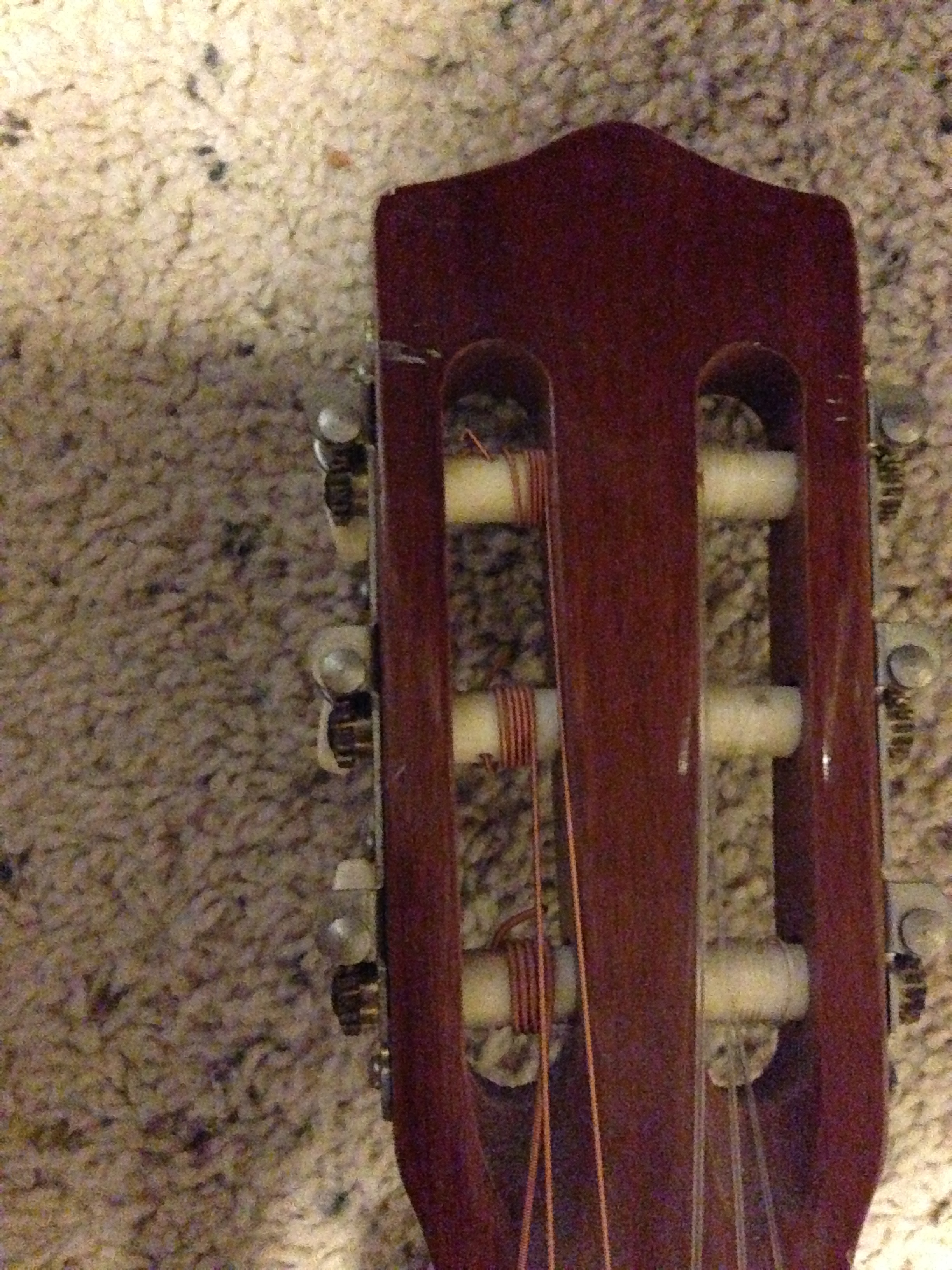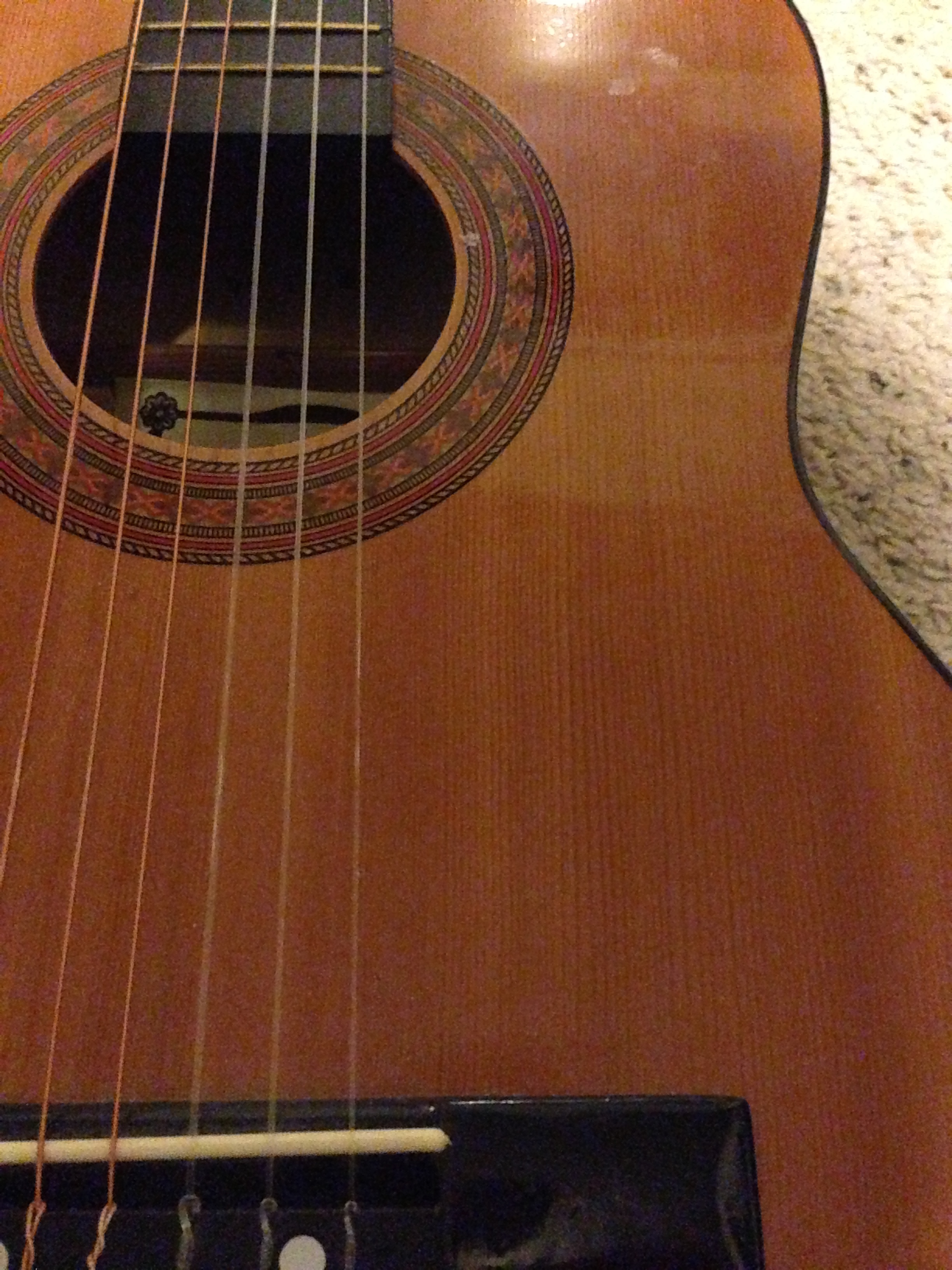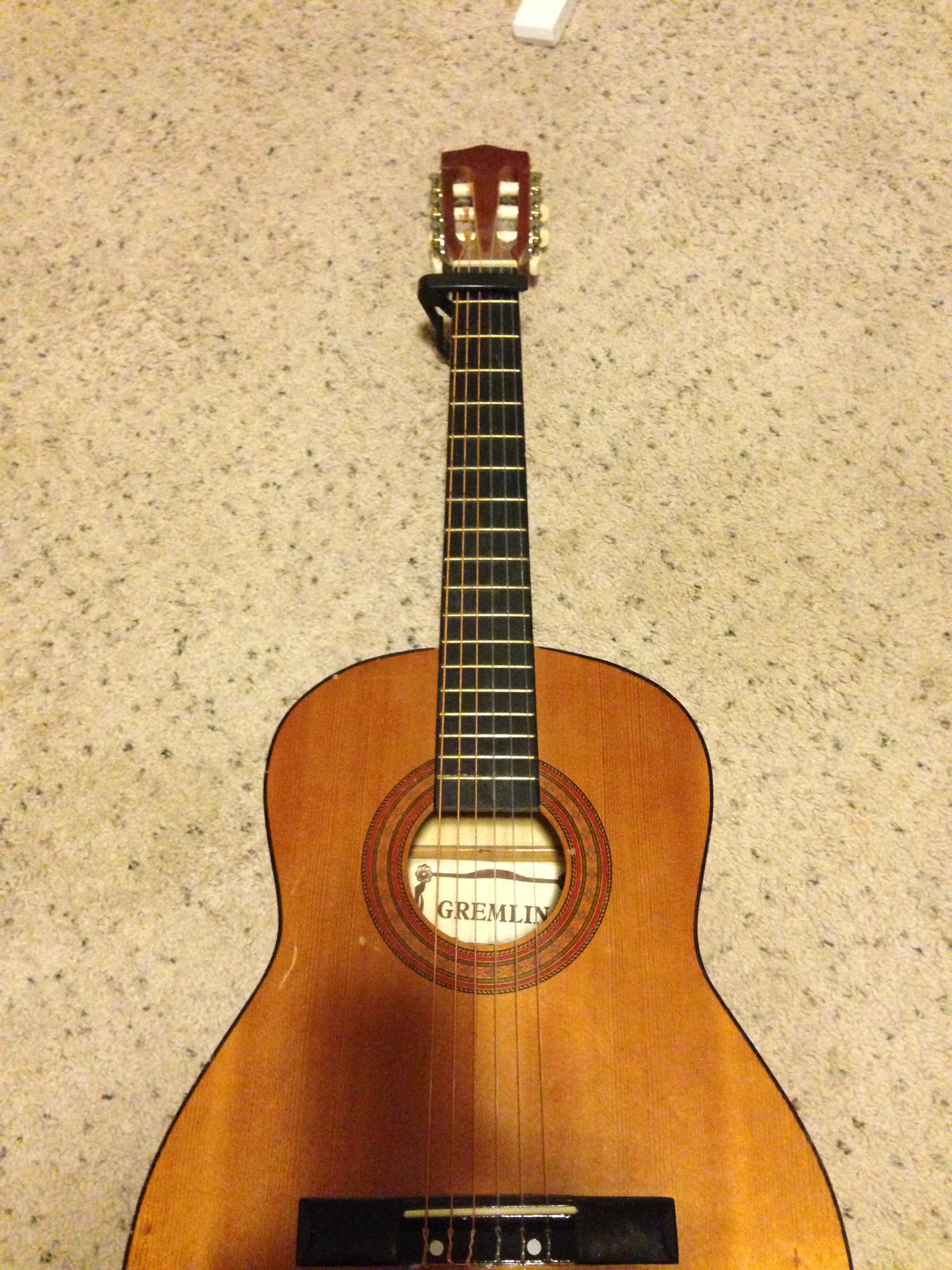INTRODUCTION
Solis Aeterni is a short piece I recently wrote as a demo for a new (solo soprano) sample library by Realitone.
The text is Latin (and possibly a clumsy translation):
Solis Aeterni
Moveat et in orbem terrae
Which roughly translates to
Eternal Sun
Moving around with the Earth
Which is based loosely on, but fully in the spirit of, this writing by the writer/preservationist John Muir:
This grand show is eternal. It is always sunrise somewhere; the dew is never all dried at once; a shower is forever falling; vapor ever rising. Eternal sunrise, eternal sunset, eternal dawn and gloaming, on seas and continents and islands, each in its turn, as the round earth rolls.
AUDIO AND SCORE
ENJOY!
Disclaimer: This score is provided for study purposes only, and may not be copied, performed or distributed without prior written consent by Blake Ewing Music.






